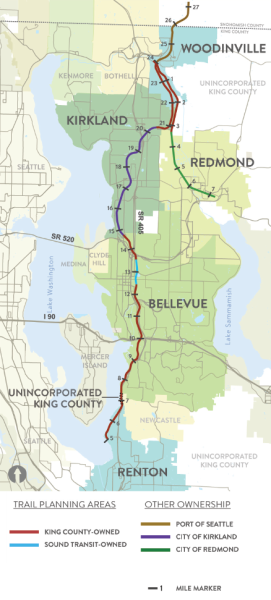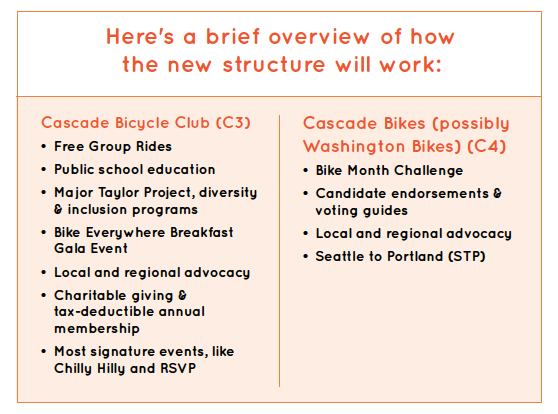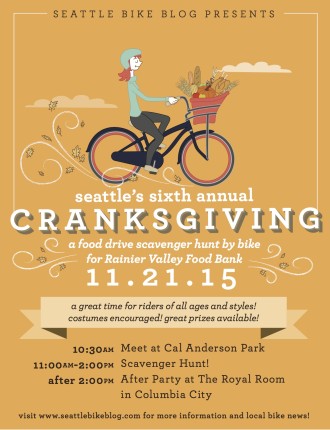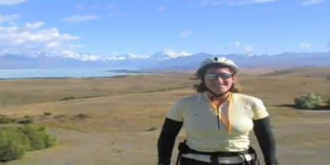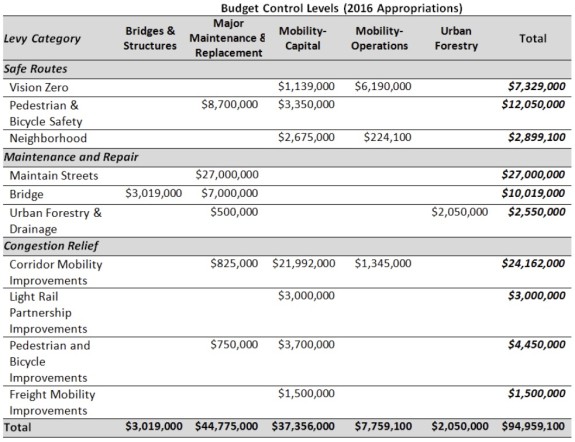
When Mayor Ed Murray presented his proposed 2016 budget, he had to assume there would be no replacement for Bridging the Gap, and it was pretty devastating. There was an exciting $5 million one-time expenditure for expanding Pronto Cycle Share, but the budget for biking, walking and safe streets was dismal. The sidewalk maintenance budget would be zeroed out, and the trails and bike paths budget would have declined from about $6 million annually to $1.3 million, for example.
But that won’t happen because you all approved Move Seattle by a commanding 17-point margin (as of the most recent count). The levy adds nearly $100 million to the 2016 transportation budget, including massive increases in biking, walking and safe streets investments.
These additions as well as other transportation elements of the budget — including funding to expand Pronto Cycle Share and a proposal to focus ten percent of red light camera funds on safe streets projects — sailed through a major Budget Committee meeting Monday. Nothing is official until the full Council votes on the budget next Monday, but yesterday’s committee meeting (which included all Councilmembers except Bruce Harrell) is typically where most of the big budget changes happen.

